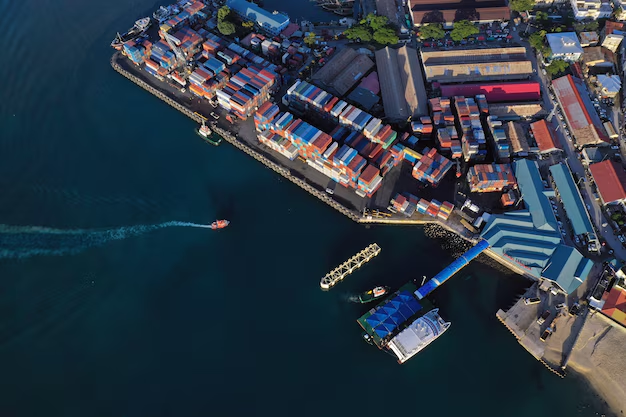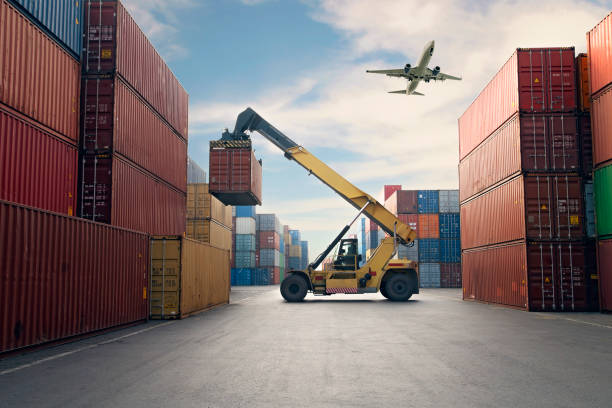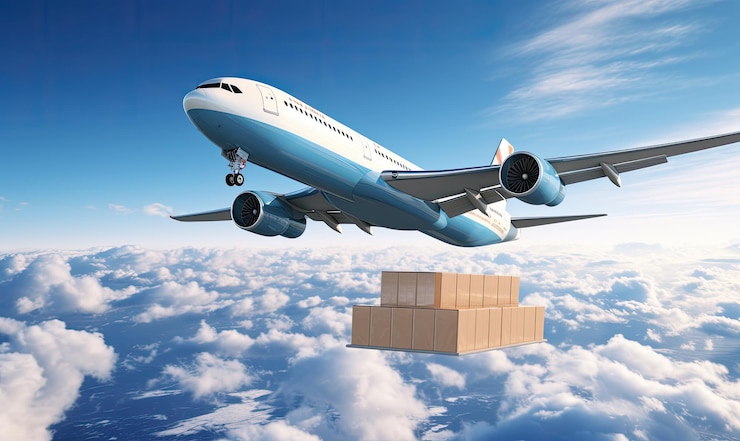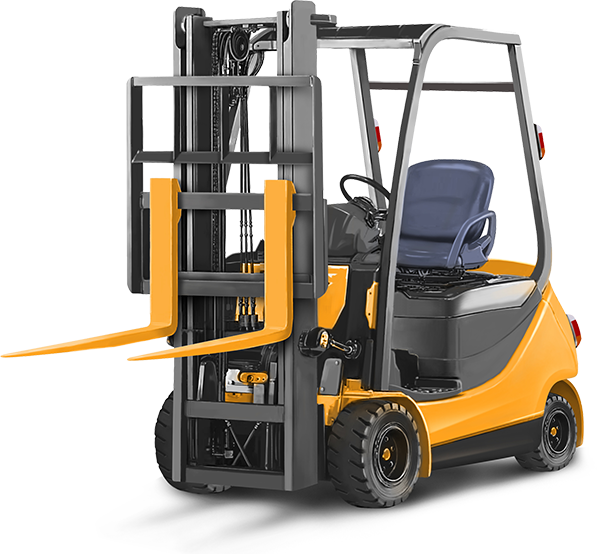OCEAN FREIGHT
Ocean freight is a crucial component of global trade, enabling the transportation of goods across vast distances at relatively low costs. To effectively manage ocean freight logistics, businesses rely on a range of solutions and services:
1. Full Container Load (FCL)
- Definition: Shipping goods that fill an entire container (e.g., 20ft or 40ft).
- Advantages: Cost-effective for large volumes, greater control over cargo, faster transit times.
- Considerations: Requires sufficient cargo volume to justify the cost of a full container.
2. Less Than Container Load (LCL)
- Definition: Shipping smaller quantities of goods that do not fill an entire container.
- Advantages: More affordable for smaller shipments, flexible for businesses with varying shipping needs.
- Considerations: Potentially higher costs per unit, longer transit times due to consolidation and deconsolidation processes.
3. Intermodal Transportation
- Definition: Combining multiple modes of transport (e.g., ocean, rail, truck) for a single shipment.
- Advantages: Improved efficiency and cost-effectiveness, reduced environmental impact.
- Considerations: Requires careful planning and coordination between different transport providers.
4. Project Cargo
- Definition: Shipping large, heavy, or oversized cargo that requires specialized handling and transportation.
- Advantages: Expertise in handling complex and challenging shipments.
- Considerations: Higher costs and longer lead times due to specialized equipment and logistics.
5. Cold Chain Logistics
- Definition: Maintaining the temperature-controlled environment necessary for perishable goods (e.g., pharmaceuticals, food).
- Advantages: Ensures product quality and safety during transportation.
- Considerations: Requires specialized equipment and expertise to maintain temperature control throughout the entire journey.
Key Considerations for Ocean Freight Logistics Solutions
- Cost: Transportation costs, port fees, customs duties, and other associated expenses.
- Transit Time: The duration of the shipment, including loading, transit, and unloading times.
- Reliability: On-time delivery performance and minimizing disruptions to the supply chain.
- Visibility: Real-time tracking and monitoring of shipments throughout the journey.
- Risk Management: Identifying and mitigating potential risks, such as delays, damage, and theft.
- Sustainability: Minimizing environmental impact through fuel efficiency, reduced emissions, and responsible waste management. Technology a
- nd Innovation
- Digital Platforms: Online platforms for booking shipments, tracking cargo, and managing documentation.
- Blockchain Technology: Enhancing transparency, security, and efficiency in supply chain operations.
- Artificial Intelligence (AI): Predictive analytics for optimizing routes, forecasting demand, and improving decision-making.
- Internet of Things (IoT): Real-time monitoring of cargo conditions and environmental factors.
By carefully evaluating their specific needs and utilizing the most appropriate logistics solutions, businesses can optimize their ocean freight operations, improve efficiency, and enhance their overall supply chain performance.
Total Track Logisticshas given me outstanding compliance and service. They constantly follow up with us and verify the status of our shipments. We are never required to expedite the customs clearance process. Many thanks!

There are corporations that make nice promises and then companies that deliver on their commitments. Total Track Logistics has been a fantastic partner, and I credit a significant portion of our success to their TEAM. We value our collaboration..

Thank you so much for your excellent service. Excellent delivery and customer service, with prompt responses to our questions. Business that is dependable and trustworthy. A heartfelt thank you to Responsive Shipping

Total Track Logistics has been crucial to the success of our business from the start to the finish. All of our shipping options were explained to us in a very straightforward and understandable manner. The availability and customer service are excellent.

Previous
Next
PICTURE GALLERY
Previous
Next
PICTURE GALLERY

VALUE ADDED SERVICES
- Buyers Consolidation
- Barcoding
- Custom Clearance
- Transport Insurance
- Import Handling and Delivery Option (incl. just-in-time)
- Packing /Repacking
- Bonded Warehouse Storage
- Shrink Wrapping
- Cargo Security Management
- Short Term Storage
- Cargo Assembly Service
- Labeling
- Merge-In-Transit
- Real-Time Tracking/ Data Export
